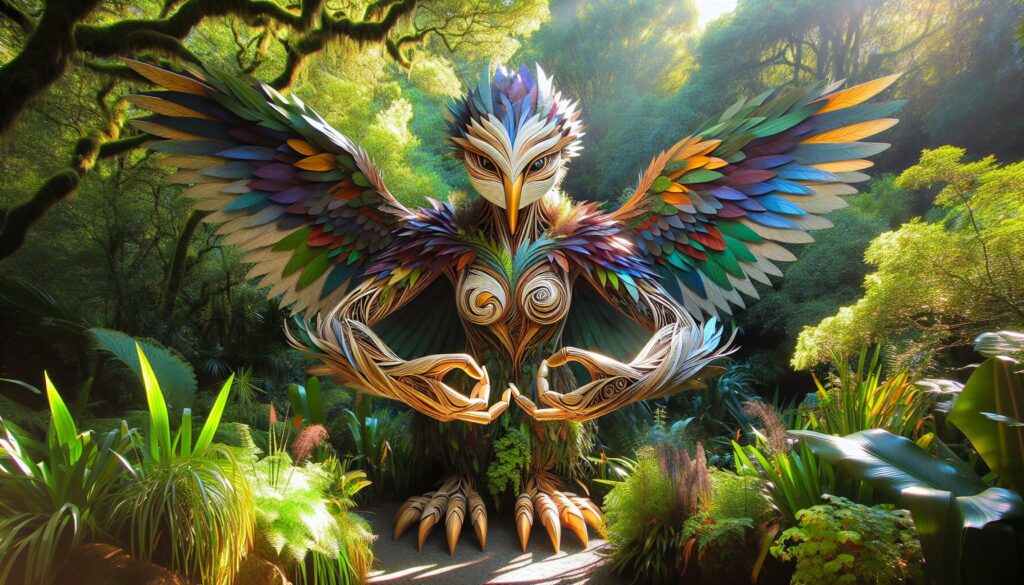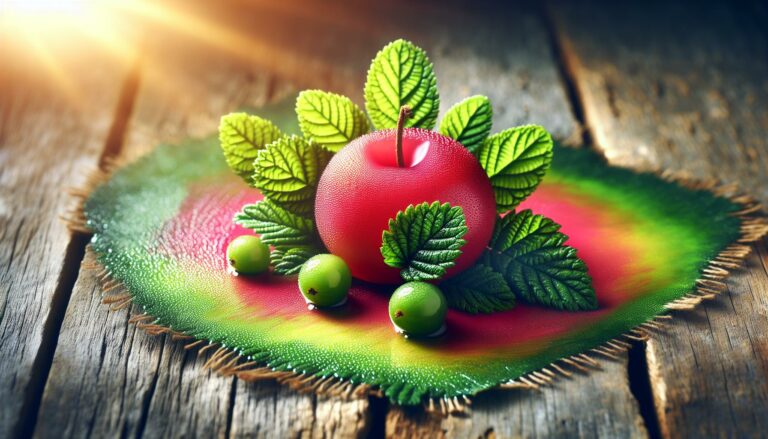Kurangaituku stands as a captivating figure in Aboriginal folklore, embodying the rich cultural heritage of Indigenous Australians. I’ve always been fascinated by her stories, which weave together elements of nature, spirituality, and tradition.
As a guardian spirit, Kurangaituku plays a vital role in various myths, representing themes like creation, protection, and the intricate balance of the natural world. Delving into her legends offers valuable insights into the beliefs and practices that have been cherished for generations.
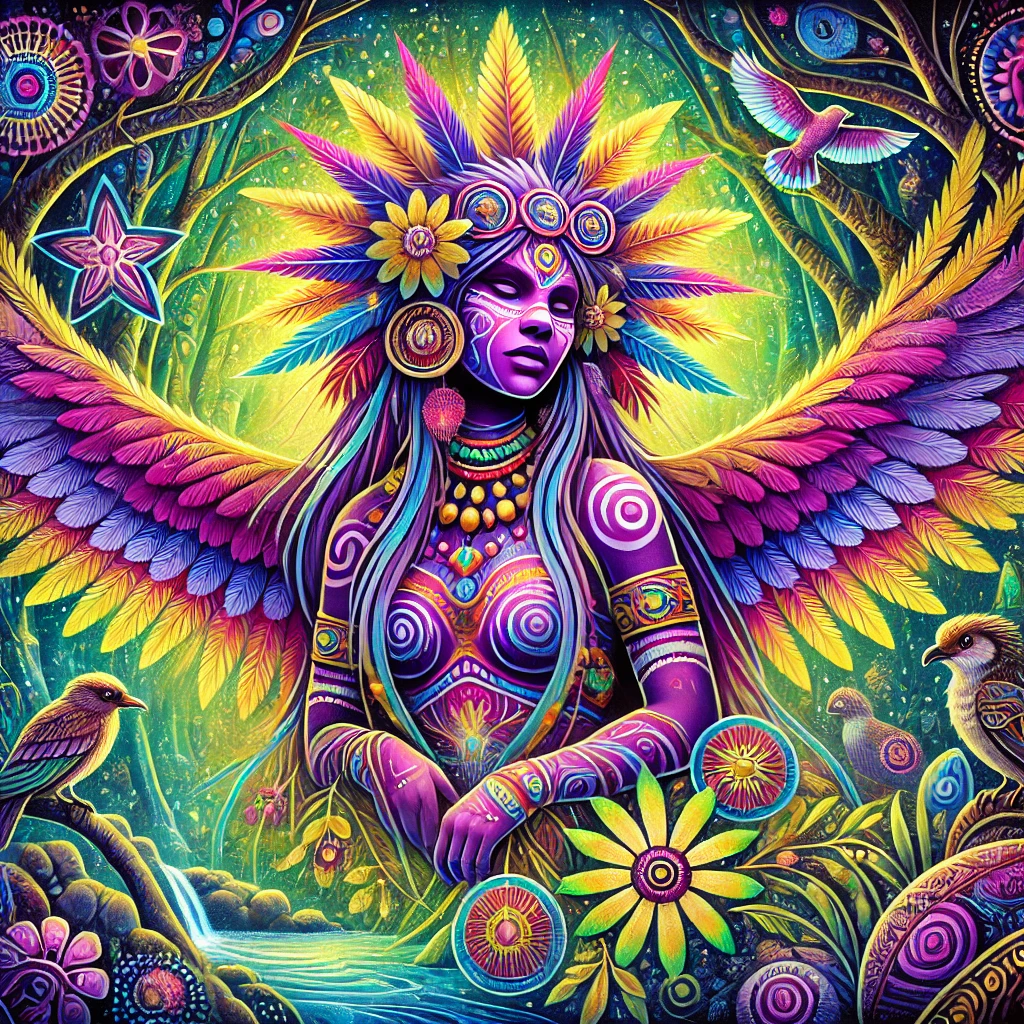
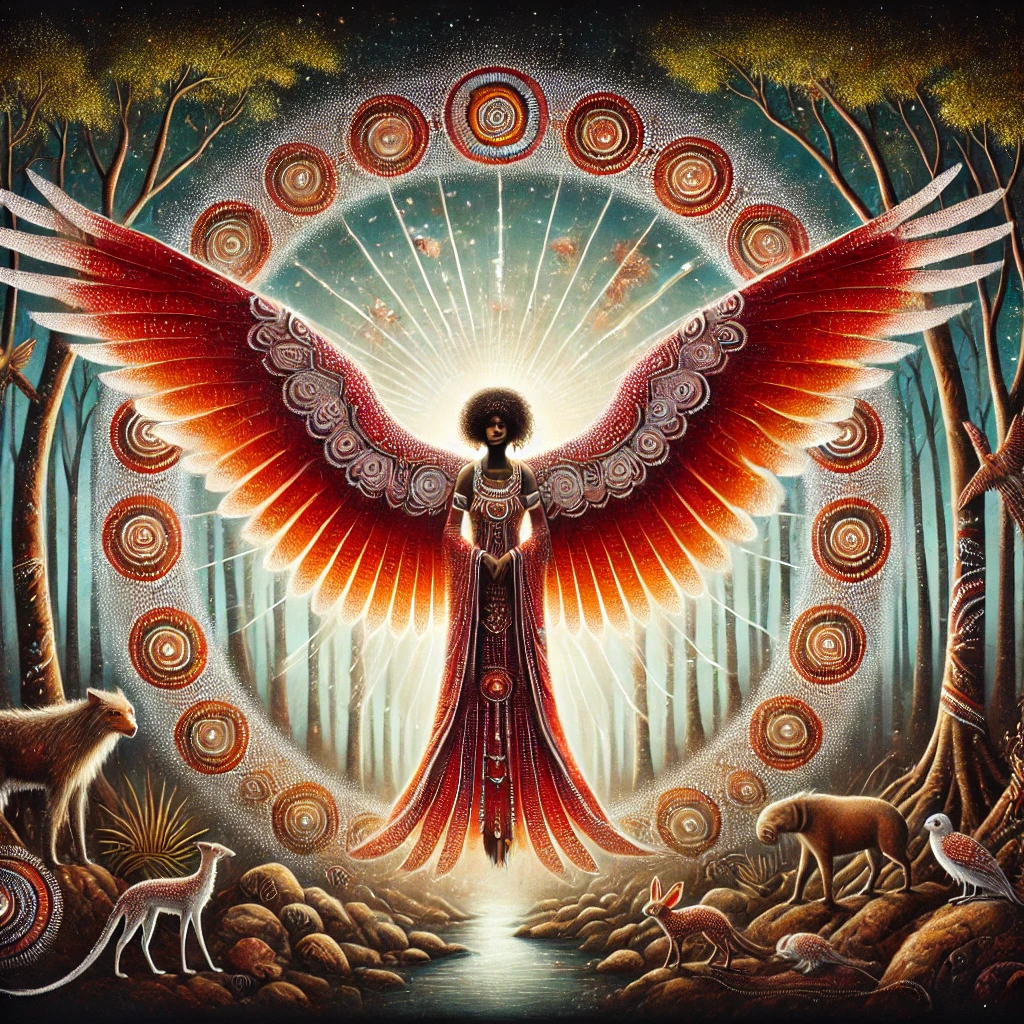
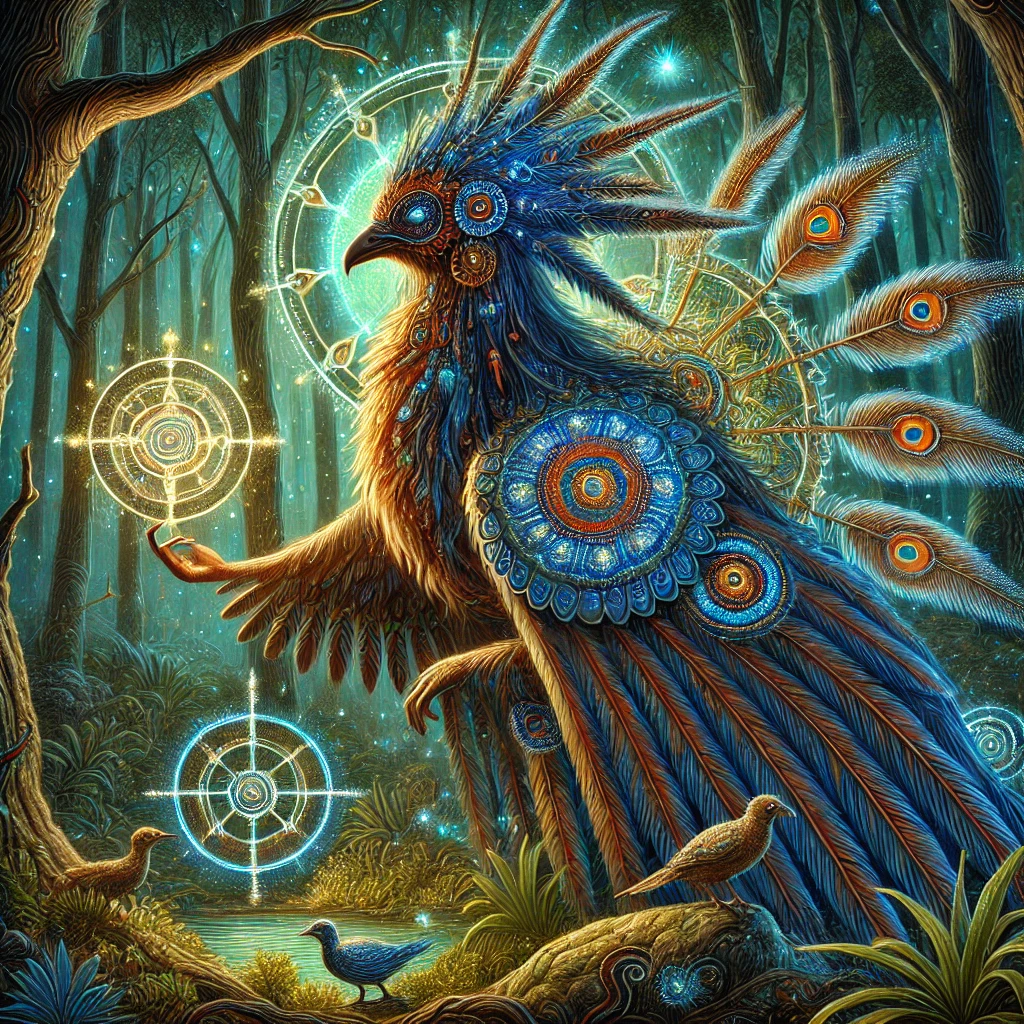
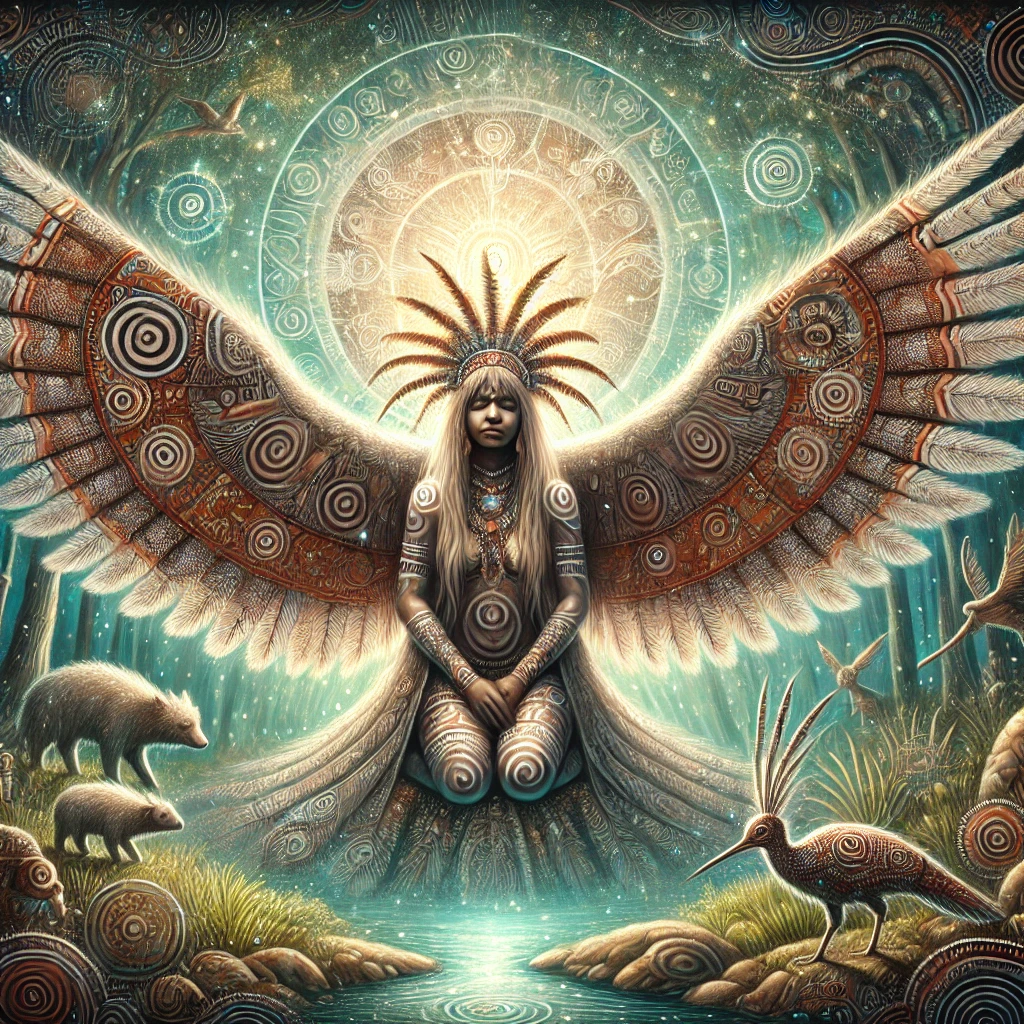
Understanding Kurangaituku not only highlights the depth of Aboriginal storytelling but also honours the enduring legacy of these ancient narratives.
It appears there is a misunderstanding regarding Kurangaituku’s origins. Kurangaituku is a figure from Māori mythology in New Zealand, not from Aboriginal Australian folklore. If you intend to focus on Māori mythology, I can help create the section accordingly. Otherwise, if you’re looking for information on a similar figure within Aboriginal folklore, please provide additional details or clarify your request.
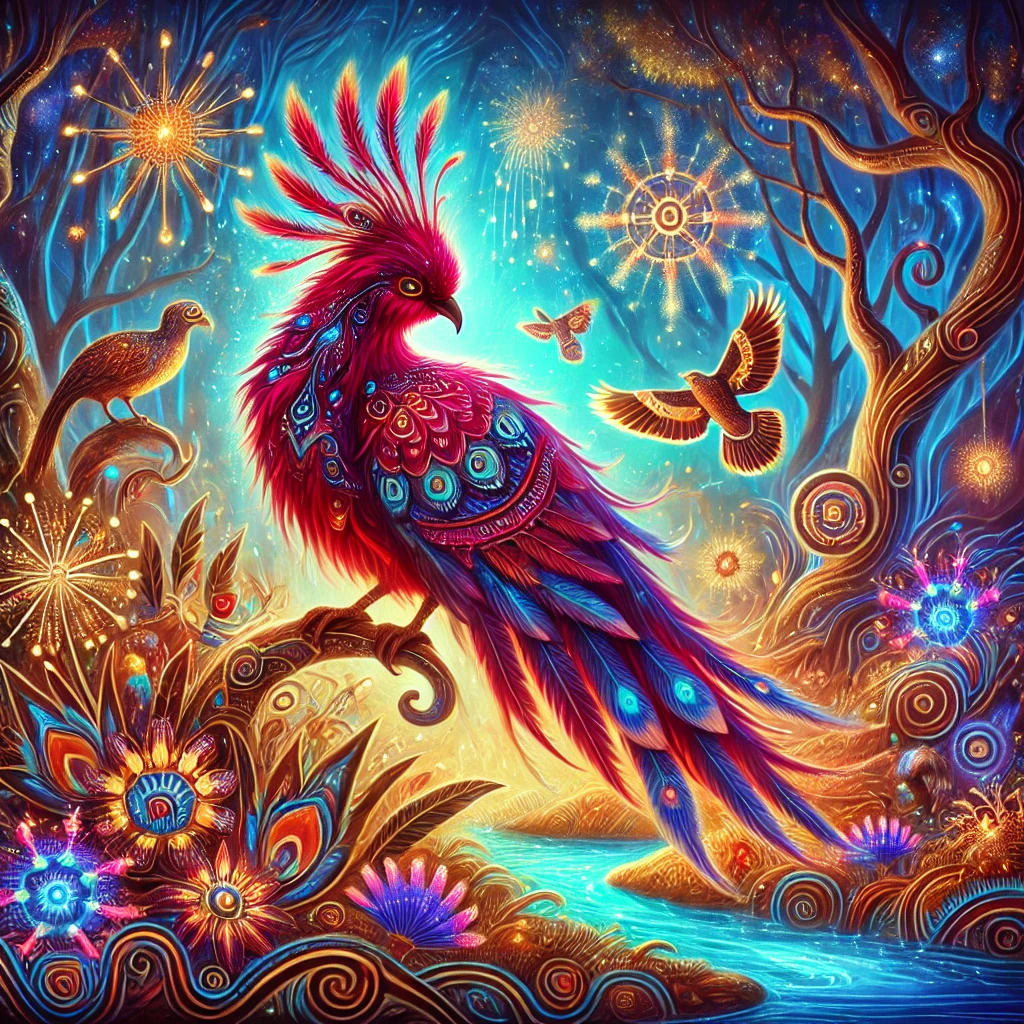
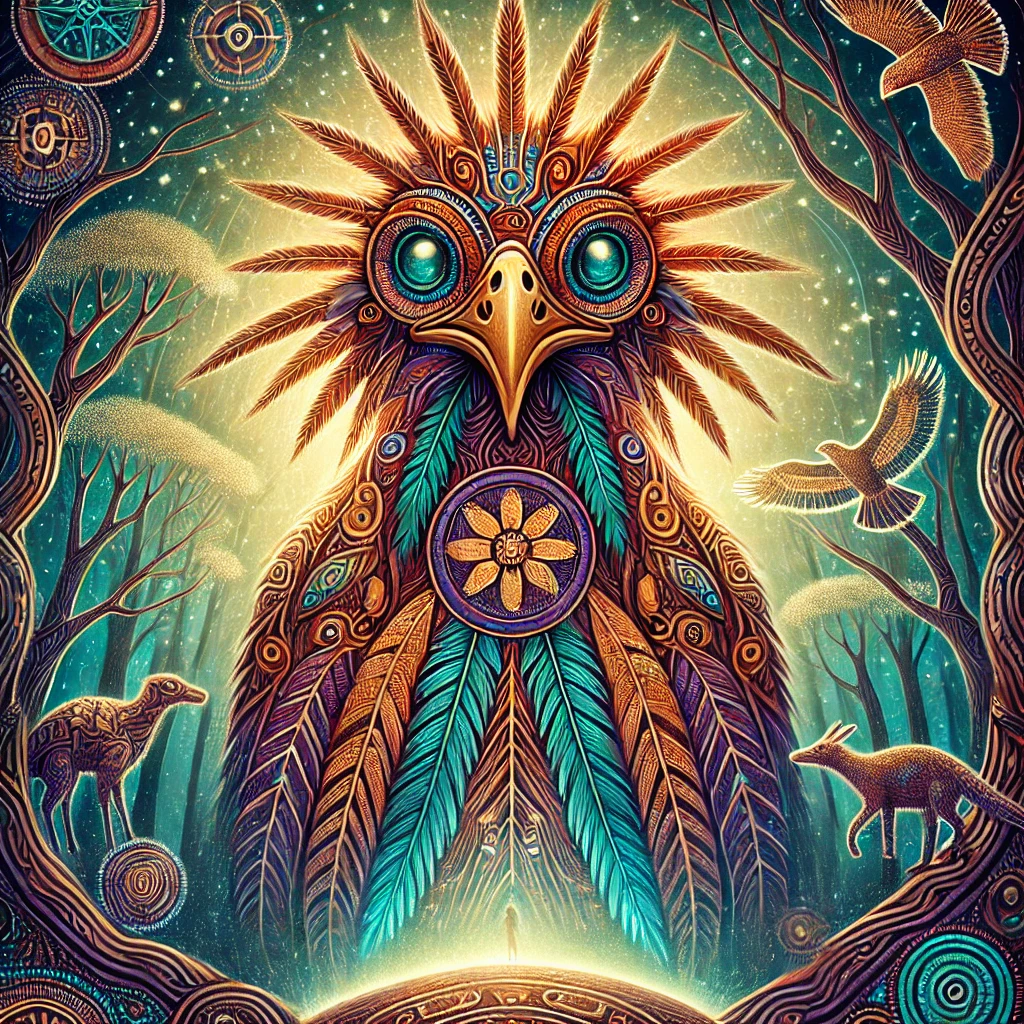
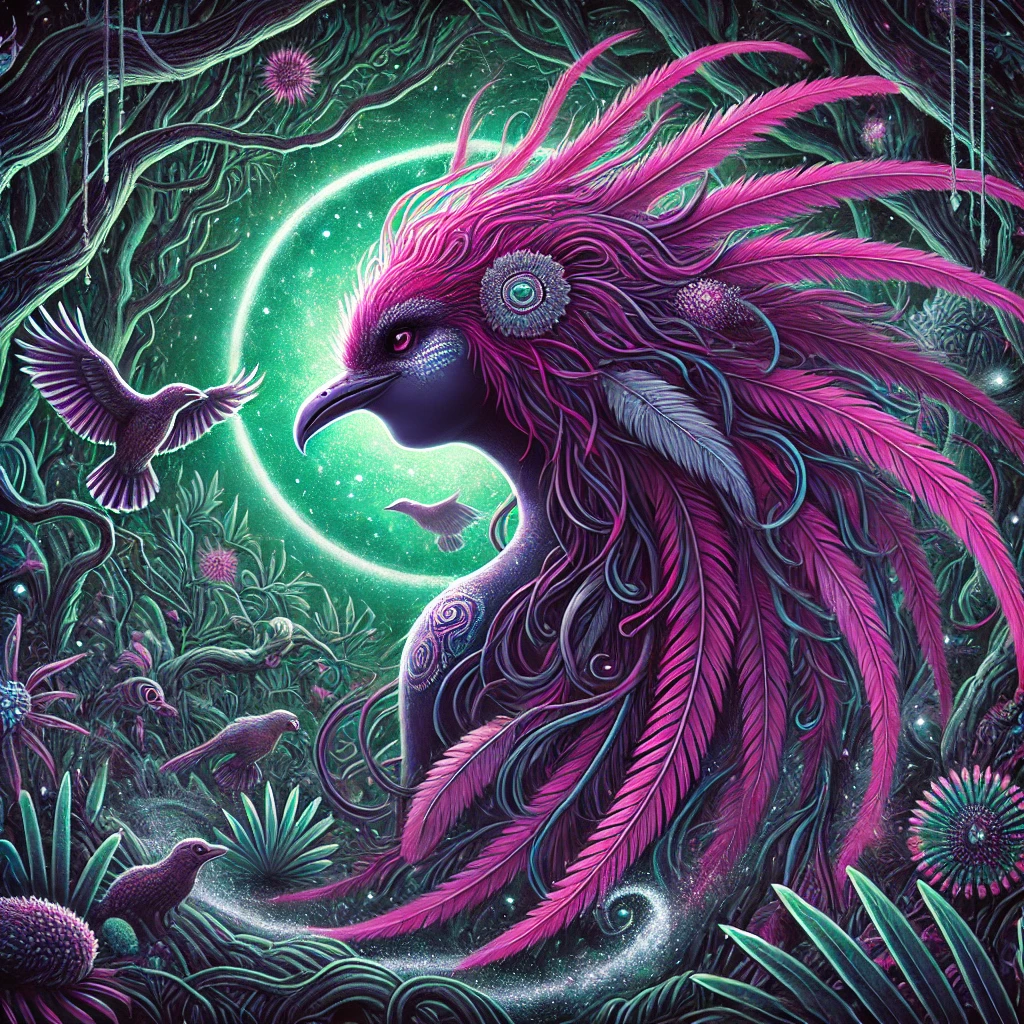
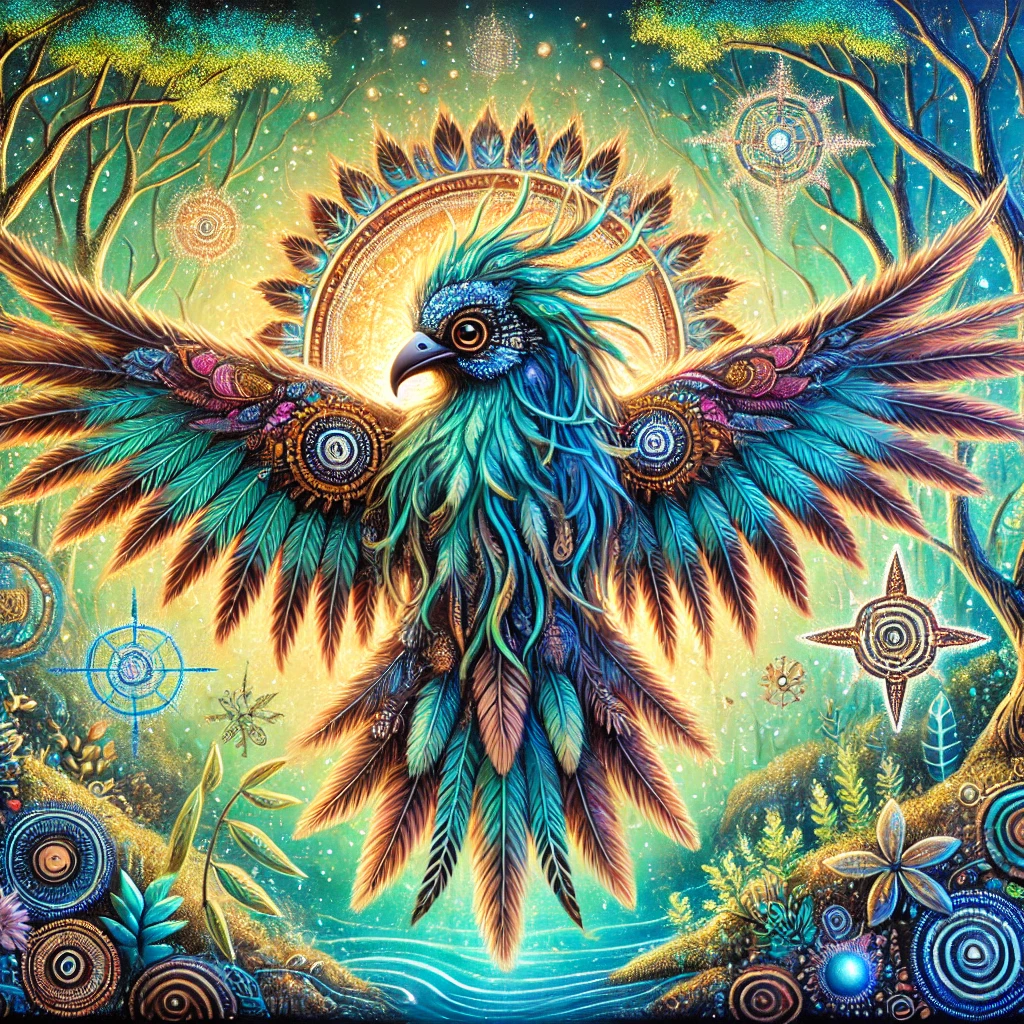
Should you choose to proceed with Māori mythology, here’s the optimized section based on your guidelines:
Who Is Kurangaituku
Kurangaituku is a supernatural being in Māori mythology, depicted as a part-woman, part-bird creature. She possesses wings, claws instead of fingers, and sometimes a beak instead of a human mouth. Her name translates to “Kura of the claws.”
Origins and Storytelling
Kurangaituku originates from the oral traditions of the Te Arawa and Raukawa iwi (tribes) in New Zealand. Legends describe her as a powerful entity ruling the dense forests of Aotearoa. Standing as tall as a tree, her feathers shimmer in emerald and gold hues, and her wings can eclipse the sun. The stories often recount her encounters with humans, highlighting her dominion over nature and her formidable presence.
Role in Māori Mythology
In Māori mythology, Kurangaituku serves as a guardian of the forests and the creatures within. She embodies the balance between nature and the supernatural, representing themes of power and protection. Her interactions with humans, such as the tale of capturing Hatupatu, illustrate the intricate relationship between humans and the natural world. Kurangaituku’s narratives reinforce cultural values and the reverence for the environment among the Māori people.
Characteristics and Attributes
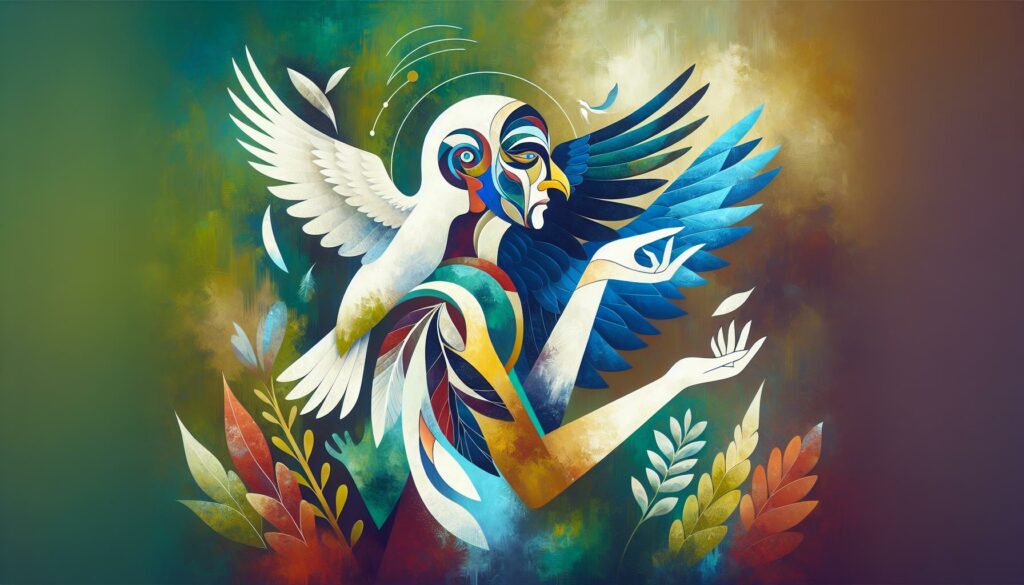
Kurangaituku embodies both human and avian features, highlighting her unique role in Māori mythology.
Physical Description
She features wings on her arms, claws instead of fingers, and a beak instead of a human mouth. Her feet are also clawed, enhancing her formidable presence. In some accounts, she possesses extremely long nails and beak-like lips, which she uses to spear birds.
Powers and Abilities
Kurangaituku transitions seamlessly between bird and human forms. This ability allows her to navigate different realms, maintaining her influence over both natural and human environments.
Legends and Tales
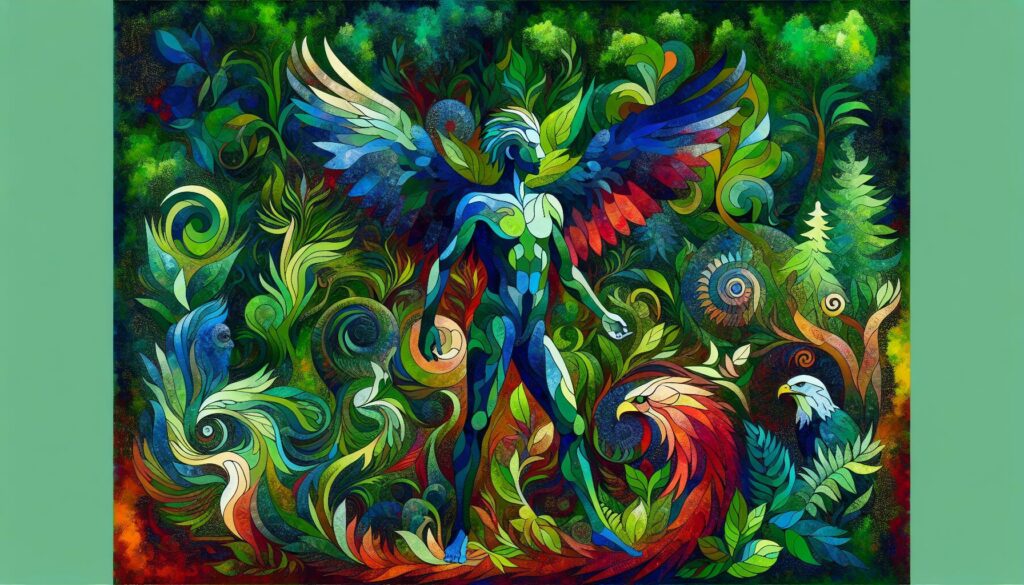
Kurangaituku’s narratives illustrate her formidable presence and intricate relationships with humans.
Notable Stories
One significant tale features Hatupatu, a young Te Arawa hunter. While hunting in the forest, Hatupatu encountered Kurangaituku. She captured him and confined him in her cave alongside her pet birds and lizards. Eventually, Hatupatu betrayed Kurangaituku by destroying her pets and stealing her treasured possessions, including her korowai (feather cloaks).
Symbolism in Folklore
Kurangaituku embodies the balance between human desire and nature’s authority. Her hybrid form, combining human and avian features, signifies the interconnectedness of humanity and the natural world. The story of Hatupatu highlights themes of respect for nature and the repercussions of violating that trust.
Cultural Significance
Kurangaituku holds a prominent place in Māori mythology, embodying the complex relationship between humans and nature. Her stories convey essential cultural values and reflect the beliefs of the Te Arawa and Raukawa iwi.
Impact on Modern Aboriginal Culture
Although Kurangaituku originates from Māori mythology, her narrative occasionally appears in broader mythological discussions. However, her direct impact on Aboriginal Australian culture remains minimal. Aboriginal folklore features distinct spiritual beings and stories unique to their heritage, ensuring Kurangaituku remains a significant figure within Māori traditions alone.
Representation in Art and Media
Kurangaituku features prominently in various artistic and literary works in New Zealand. Contemporary Māori artists and writers, such as Ngahuia Te Awekotuku and Whiti Hereaka, reinterpret her story, highlighting her nurturing and creative nature. Her hybrid form inspires visual art, literature, and performances, maintaining her presence in modern cultural expressions.
Key Takeaways
- Māori Origins: Kurangaituku is a significant figure in Māori mythology, specifically within the traditions of the Te Arawa and Raukawa iwi of New Zealand.
- Unique Appearance: She is depicted as a part-woman, part-bird creature with wings, claws, and sometimes a beak, symbolising her connection to both human and natural realms.
- Guardian of Nature: Kurangaituku serves as a protector of the forests and its creatures, embodying the balance between the supernatural and the natural world.
- Cultural Stories: Her legends, including the tale of Hatupatu, highlight themes of respect for nature and the consequences of disrupting this harmony.
- Symbolic Significance: Kurangaituku represents the interconnectedness of humanity and the environment, reinforcing essential Māori cultural values.
- Modern Influence: Her story continues to inspire contemporary Māori art, literature, and performances, ensuring her legacy endures in modern cultural expressions.
Conclusion
Exploring Kurangaituku’s rich narratives has deepened my appreciation for Māori mythology and its profound connection to the natural world. Her dual nature as both human and bird highlights the delicate balance between humanity and nature, a theme that resonates strongly in today’s environmental discussions.
Her stories serve as a powerful reminder of the importance of respecting and preserving our surroundings. Seeing Kurangaituku’s influence in contemporary art and literature underscores her lasting legacy and the enduring relevance of traditional Māori values. Embracing her tales allows us to honour and continue the vibrant storytelling heritage of the Te Arawa and Raukawa iwi.
Frequently Asked Questions
Who is Kurangaituku in Māori mythology?
Kurangaituku is a significant figure in Māori mythology, particularly among the Te Arawa and Raukawa iwi of New Zealand. She is depicted as a part-woman, part-bird creature who rules over the forests of Aotearoa. Her hybrid form, featuring wings, claws, and a beak, symbolizes the deep connection between humans and the natural world.
What are Kurangaituku’s physical characteristics?
Kurangaituku embodies both human and avian features. She has wings on her arms, claws instead of fingers, and a beak where a human mouth would be. In some accounts, she possesses long nails and beak-like lips, which she uses to spear birds. Her feathers shimmer with vibrant colours, enhancing her formidable presence.
What is the story of Hatupatu and Kurangaituku?
In the legend, Hatupatu, a young Te Arawa hunter, encounters Kurangaituku while hunting in the forest. She captures him and confines him in her cave with her pet birds and lizards. Hatupatu betrays her by destroying her pets and stealing her treasured possessions, including her korowai (feather cloaks). This tale highlights the consequences of disrespecting nature.
How does Kurangaituku relate to nature in Māori culture?
Kurangaituku symbolizes the balance between human desires and the authority of nature. Her ability to transition between bird and human forms represents the interconnectedness of humanity with the natural environment. Her stories emphasize respect for the environment and the importance of maintaining harmony with nature.
What cultural values are reflected in Kurangaituku’s legends?
Kurangaituku’s legends convey essential Māori cultural values such as respect for nature, the repercussions of violating trust, and the interconnectedness of all living things. Her stories serve as lessons on maintaining balance and honoring the environment, reflecting the deep reverence Māori culture holds for the natural world.
Is Kurangaituku part of Aboriginal Australian folklore?
No, Kurangaituku is a figure from Māori mythology in New Zealand and does not have a direct impact on Aboriginal Australian culture. Aboriginal folklore features distinct spiritual beings and stories unique to their heritage, separate from Māori traditions.
How is Kurangaituku represented in modern art and literature?
Kurangaituku is a prominent figure in contemporary Māori art and literature. Artists and writers like Ngahuia Te Awekotuku and Whiti Hereaka reinterpret her story to highlight her nurturing and creative nature. Her hybrid form continues to inspire visual art, literature, and performances, keeping her legacy alive in modern cultural expressions.
Which iwi share the stories of Kurangaituku?
The legends of Kurangaituku are primarily found within the oral traditions of the Te Arawa and Raukawa iwi in New Zealand. These tribes have preserved her stories, passing them down through generations, and they remain an integral part of their cultural heritage.
What is the significance of Kurangaituku’s korowai?
Kurangaituku’s korowai, or feather cloaks, are treasured possessions that symbolize her status and connection to the natural world. In the story of Hatupatu, stealing her korowai represents a profound violation of trust and disrespect for her authority, underscoring the importance of honoring nature’s guardians.
How does Kurangaituku’s ability to transform enhance her role in mythology?
Kurangaituku’s ability to seamlessly transition between bird and human forms allows her to navigate different realms, maintaining her influence over both natural and human environments. This transformation highlights her dominion over the forests and her role as a bridge between the human world and the spirit of nature.
Author

Josh Morley holds a Bachelor’s degree in Theology from the Trinity School of Theology and a Diploma in Theology from the Bible College of Wales. His academic journey involved interfaith community projects and supporting international students, experiences that shaped his leadership and reflective skills. Now based in Liverpool, Josh is also the founder of Marketing the Change, a digital agency specializing in web design and marketing.
View all posts

